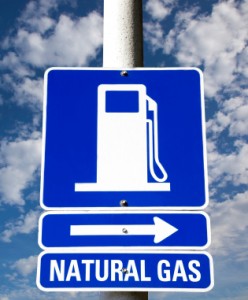3 item(s) were returned.
Pennsylvania’s Act 13 of 2012 created a three-year Natural Gas Energy Development Program that will allocate $20 million in grant funds to purchase or convert vehicles to natural gas. The goal of Act 13 is “to help the state’s ongoing effort to move towards energy independence.” Last week, Pennsylvania’s Department of Environmental Protection issued the first $6.7 million of the competitive grant funds to 18 organizations across the state. The grant money comes from Pennsylvania’s drilling impact fee, which has raised $200 million from the gas industry flourishing in the Marcellus Shale. The grants are capped at 50 percent of… [more]
View InsightThree recent efforts – two private, and one public – could shape the future of U.S. shale gas and oil development. The Marcellus Shale Coalition (MSC), an industry group, released Recommended Practices: Site Planning, Development and Restoration, offering general guidance for natural gas professionals developing or restoring shale plays in the Marcellus. Days later, the Appalachian Shale Responsible Producers Group (ASRPG), led by Andarko Energy, released their Recommended Standards and Practices, which again provides general guidance to well operators and shale play developers. Ohio Governor John Kasich has pushed legislation to the state’s legislature that the his office hopes will… [more]
View InsightThe Energy Information Administration (EIA) has lowered its estimates of U.S. natural gas resources. The EIA’s 2012 estimate for total U.S. natural gas is 482 trillion cubic feet, down more than 40% from its 2011 estimate of 827 tcf. [New York Times] Because of increased gas production throughout the U.S., EIA had more data available in making its 2012 estimates. For example, with additional data from increased production throughout the Marcellus shale – a geological formation stretching beneath West Virginia, Pennsylvania, Ohio and New York – EIA adjusted its estimates for the Marcellus to 141 tcf, down nearly 66% from… [more]
View Insight